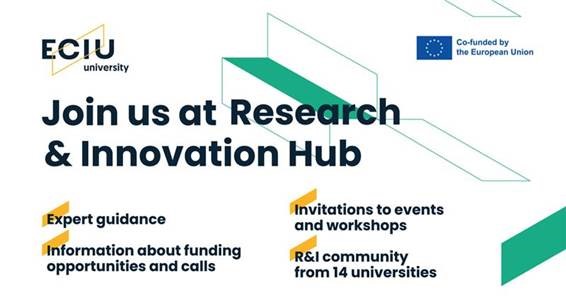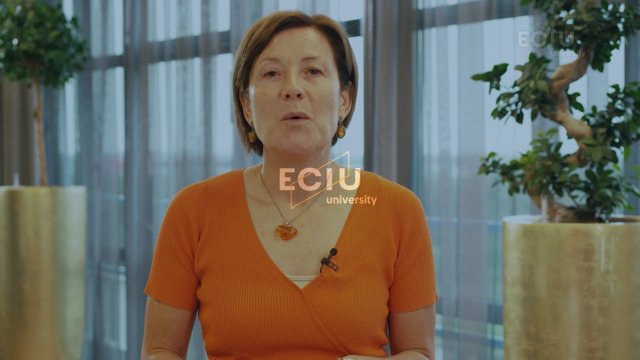Research & Innovation Hub
At ECIU University, we offer researchers a platform where they can network, collaborate and connect with stakeholders from businesses and institutions. Together, we aim to create a global and diverse community that works together to inspire progress. The Reserach & Innovation Hub (R&IH) is a digital community aimed to bring researchers together with peers and stakeholders, providing them with a space to network, connect and collaborate as part of the ECIU Community.


